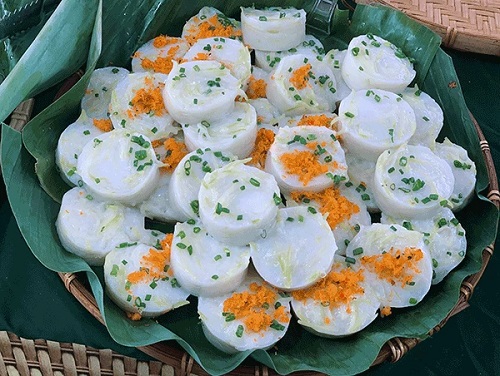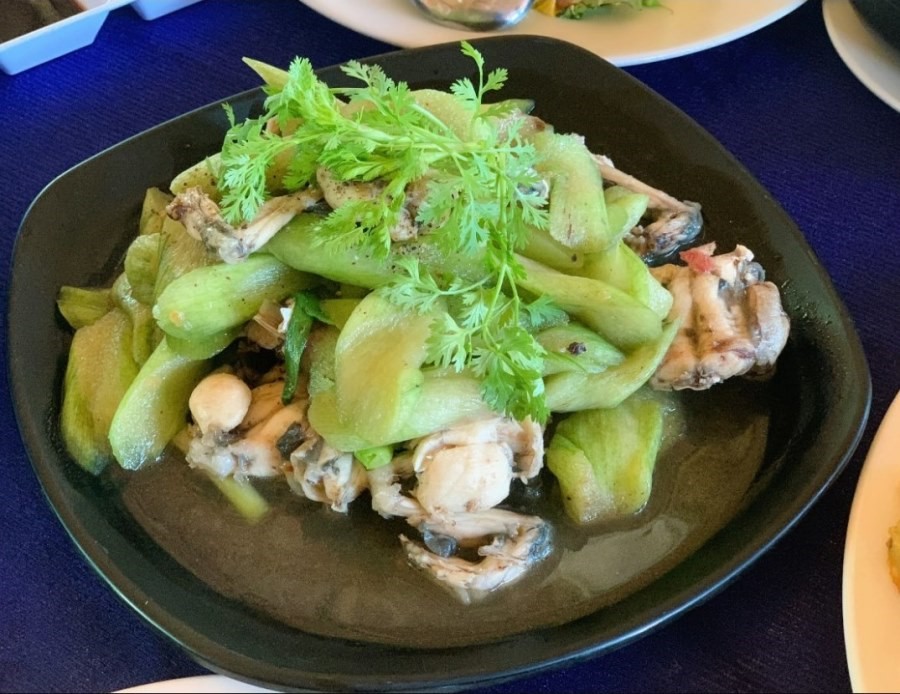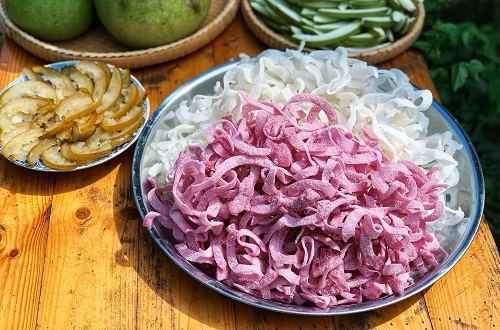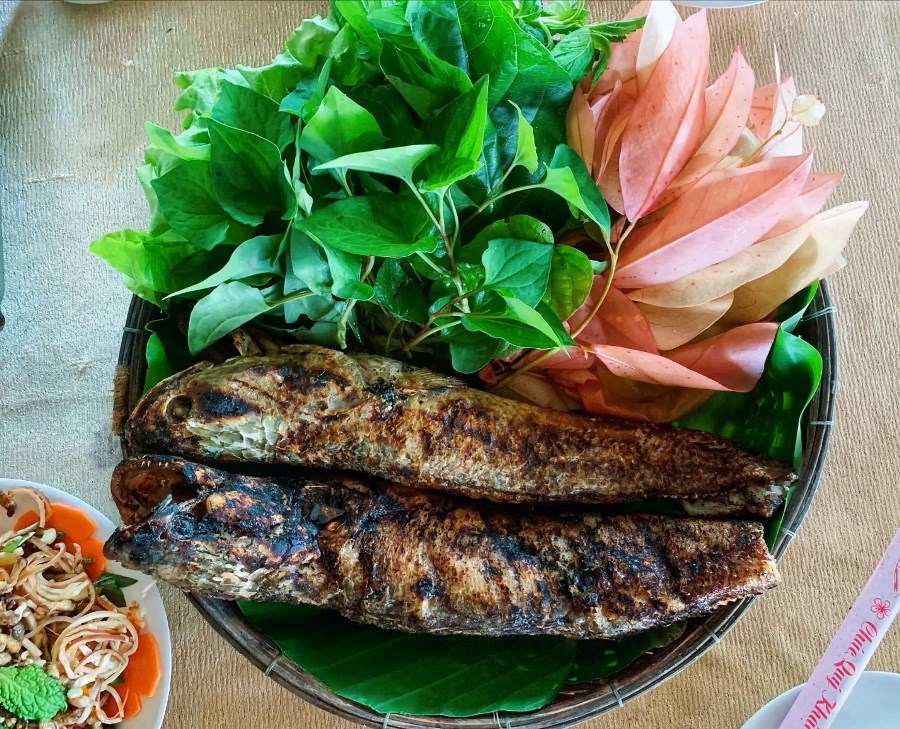
Industry
The important industries in Can Tho include food processing, seafood processing, pharmaceuticals, mechanics, textiles, and construction materials. Among them, the main industry is food processing (grains and seafood).
The stable development of the food processing industry is based on several strengths:
+ Abundant raw materials from agriculture, livestock, and aquaculture provided locally and from provinces in the Mekong Delta region.
+ Abundant and increasingly skilled labor force.
+ Expanding and large consumer market.
Can Tho also has the conditions to develop supporting industries to serve the localities in the Mekong Delta region.
Commerce
Can Tho is a hub for goods and commercial services, serving the Mekong Delta region and many other provinces in the country.
- Domestic trade: Total retail sales and service revenue amount to VND 112,978 billion.
Many large supermarkets of multinational companies have established their presence in Can Tho, such as Go!, MM Mega Market, Lotte Mart.
- Import-export: Can Tho has trade relations with about 80 countries and territories.
+ Export: Total export turnover of goods and services reaches over USD 2,286 million. The city currently exports more than 10 key products that are competitive in the market, including rice, seafood, textiles, handicrafts, pharmaceuticals, footwear, leather, feathers, iron and steel, nails, etc. Among them, rice and seafood are the two main export items, accounting for a high proportion of the city's total export value.
+ Import: Total import turnover of goods exceeds USD 564.5 million.
The main imported goods include agricultural pharmaceuticals, fertilizers, pharmaceutical raw materials, fabrics, textile accessories, aquaculture raw materials, and other types of raw materials.
Agriculture
Currently, Can Tho has three main agricultural value chains:
- Rice: It is a favorable crop in the city. The total cultivated area in 2022 is 216,384 hectares, with an annual production of 1.366 million tons.
- Aquaculture: The aquaculture area in 2022 is 5,418 hectares.
The annual production is 240,328 tons, with the total production of Pangasius catfish exceeding 196,000 tons. Pangasius catfish production follows food safety and hygiene processes such as GAP, SQF, ASC, BMB…
- Livestock: The total number of livestock (buffaloes, cows, pigs) is 135,073, and the total number of poultry is 2.28 million. The total production of various types of meat is 29,658 tons, and poultry eggs amount to 107 million. The city currently has 271 livestock farms, 4 production chain linkage models, and 4 certified VietGAHP livestock farming models.
- Fruits and vegetables:
+ Fruits: The cultivated area is 24,594 hectares, with an annual production of over 194,343 tons. Can Tho is known for its famous specialties such as Hoa Loc mango, sweet oranges, Ha Chau berries, star apples, jackfruit, pomelo, bananas, etc. Scientific and technological advancements are applied in production to improve the quality and value of agricultural products.
+ Vegetables: With an area of 17,393 hectares and a production of 203,063 tons, there is a variety of vegetables such as watermelon, cucumber, tomato, river spinach, bitter melon...
* Can Tho has great potential for the development of agriculture using high technology.
Tourism
Distinctive tourism types in Can Tho:
- Ecotourism in the rivers and gardens: With tours to visit Cai Rang floating market, Phong Dien floating market, fruit orchards on Con Son island, Tan Loc island, enjoying the night scenery on river cruises, savoring local specialties, and listening to traditional Southern music performances.
- Cultural and historical tourism: With a system of museums, communal houses, pagodas, temples, and traditional craft villages...
- Combined tourism with conferences, workshops, exhibitions, trade fairs, and events: With well-developed infrastructure in the region, along with a network of restaurants, hotels, and conference centers, this type of tourism has been increasingly flourishing in recent times in Can Tho and is a notable choice for MICE tourism in the Mekong Delta region.
Translated by Chi Nguyen












